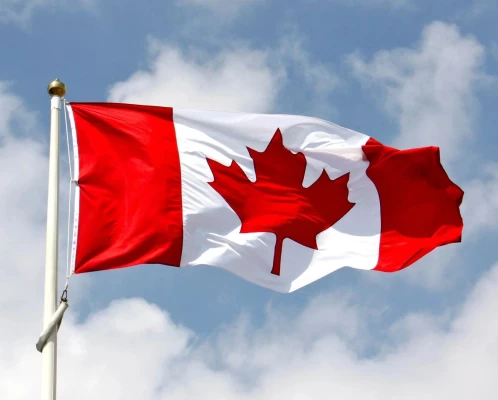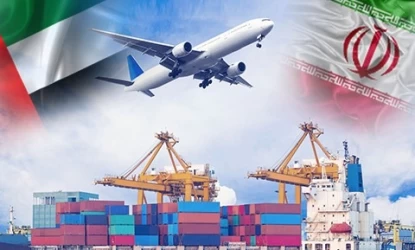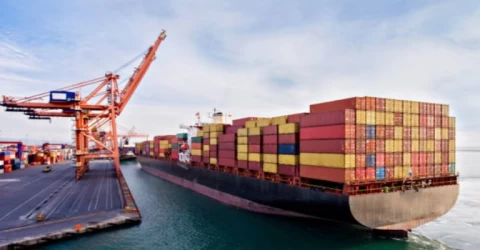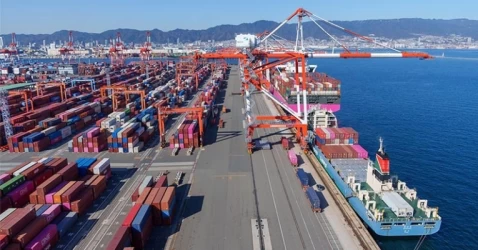Guide to Trade with Canada, Sea Transportation
Canada, with its extensive coastline and strategic location, plays a pivotal role in global maritime trade. This guide aims to provide a comprehensive overview of trading with Canada via sea transportation, covering essential aspects such as import/export regulations, key ports, and logistical considerations.
Understanding Canada’s Maritime Trade Landscape
Canada’s coastline stretches over 202,080 kilometers, offering access to three oceans: the Atlantic, the Pacific, and the Arctic. This geographical advantage positions Canada as a crucial player in international maritime trade. The country’s ports serve as vital gateways for goods entering and leaving North America.
Key Ports in Canada
- Port of Vancouver: The largest and busiest port in Canada, handling a significant volume of cargo from Asia.
- Port of Montreal: A major hub for goods from Europe, located on the St. Lawrence River.
- Port of Halifax: Known for its deep waters and ice-free harbor, facilitating year-round operations.
- Port of Prince Rupert: Strategically located to serve the Asia-Pacific market.
- Port of St. John’s: An important entry point on the East Coast.
Importing Goods into Canada
To import goods into Canada, businesses must follow a series of steps to ensure compliance with Canadian regulations:
- Obtain a Business Number (BN): Issued by the Canada Revenue Agency (CRA), this number is essential for all import/export activities.
- Classify Your Goods: Determine the correct tariff classification for your goods to understand applicable duties and taxes.
- Determine Duties and Taxes: Calculate the duties and taxes based on the classification of your goods.
- Shipping and Reporting: Ensure proper documentation and reporting of your goods to the Canada Border Services Agency (CBSA).
- Release of Goods: Follow the procedures for the release of goods once they arrive in Canada.
Exporting Goods from Canada
Exporting goods from Canada involves several key steps:
- Identify Export Requirements: Determine if your goods require any permits or licenses for export.
- Choose the Right Shipping Method: Depending on the nature of your goods, select the most suitable shipping method (e.g., container shipping, bulk shipping).
- Documentation: Prepare all necessary export documentation, including commercial invoices, packing lists, and certificates of origin.
- Customs Clearance: Ensure compliance with the customs regulations of the destination country.
Choosing the Right Ocean Freight Company
Selecting a reliable ocean freight company is crucial for successful trade operations. Consider the following factors:
- Reputation and Experience: Look for companies with a proven track record in handling international shipments.
- Network and Coverage: Ensure the company has a robust network and can handle shipments to and from your desired locations.
- Services Offered: Evaluate the range of services offered, such as freight forwarding, customs brokerage, and warehousing.
- Cost and Efficiency: Compare rates and transit times to find the most cost-effective and efficient option.
Navigating Customs Regulations
Navigating customs regulations is a critical aspect of international trade. Customs brokers can assist in ensuring compliance with all import and export requirements. They help with documentation, tariff classification, and liaising with customs authorities.
The Future of Maritime Trade in Canada
With climate change impacting the Arctic region, the North-West Passage is becoming a viable route for international trade. This development could significantly alter global shipping routes and enhance Canada’s role in maritime trade.
Conclusion trade with Canada
Trading with Canada via sea transportation offers numerous opportunities, thanks to its strategic location and well-developed port infrastructure. By understanding the import/export processes, choosing the right partners, and staying compliant with regulations, businesses can successfully navigate the complexities of international trade with Canada.
Feel free to reach out if you need more detailed information or specific guidance on any aspect of trading with Canada!











